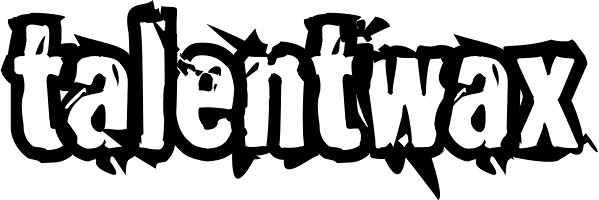Writing your resume can feel like putting together an autobiography minus the fun anecdotes. Names, dates, locations, applications....it can be both stressful and frustrating getting all the details straight.
Once the job history framework has been put into place, it's time to consider how best to display the knowledge and experience which fleshes out the resume and separates you from the rest of the applicants.
Many CVs fall short of the mark however because they are approached from the same angle as someone writing their autobiography. The more you rack your brains for snippets of information, the longer the document grows and the better you feel. It looks important bulked up with text, and it looks like you were in fact incredibly busy in those past jobs. What an interesting collection.
What looks great to the writer doesn't necessarily look good to the reader however. The recruiter or hiring manager doesn't have time to read through a short novella of your life's work. They won't always know what your acronyms mean or the significance of certain clients you brought on, never mind the software you used or the special projects you lead.
Resumes are not designed to list your achievements for your own record. It's a statement selling your value to a prospective employer. If they sense that you are not sure what you're getting at, the interest will not be there.
The key is to expand and explain on the major features: no more acronyms, wins, software or projects as bullet points. If a friend or family member can't understand what you are talking about, no-one else will. Minimise the minor points: no-one needs to know that you rinsed the coffee cups and took the post each evening. Think quality, not quantity.
Make your resume easy to read, and it will be read.
Subscribe to:
Post Comments (Atom)



No comments:
Post a Comment